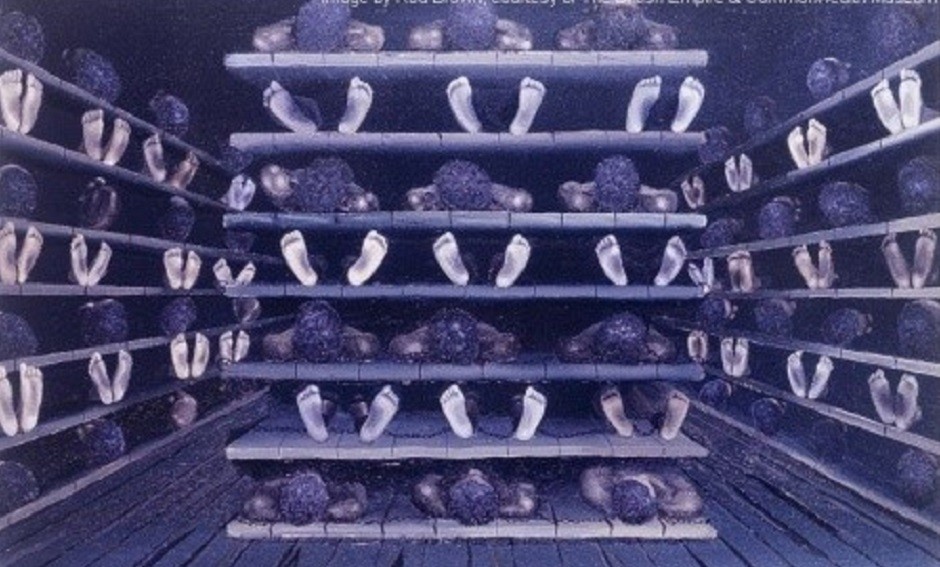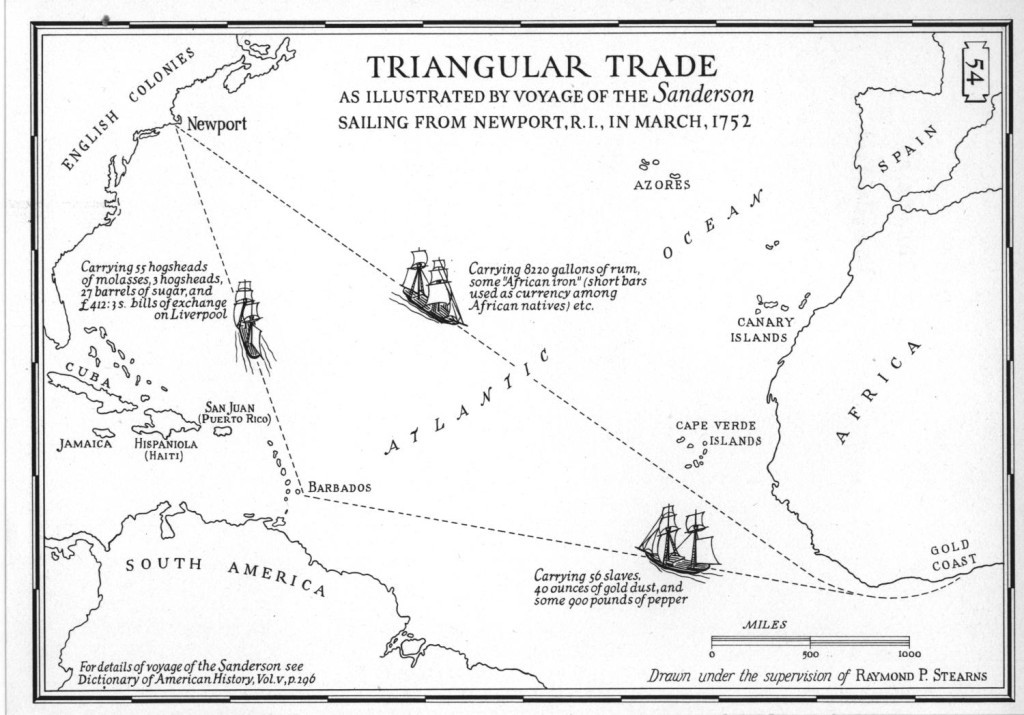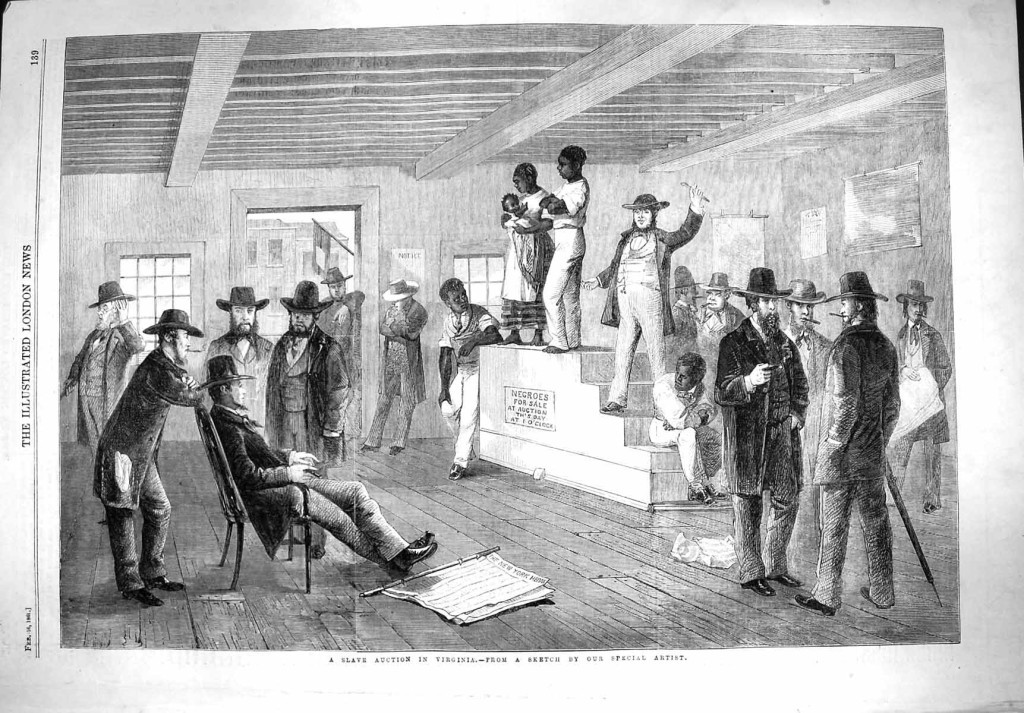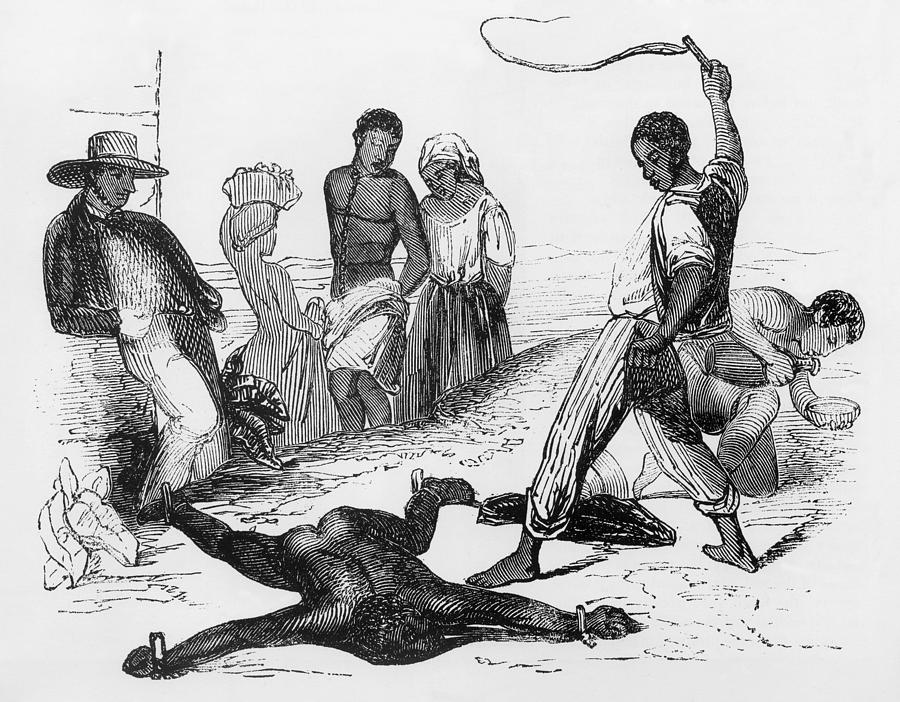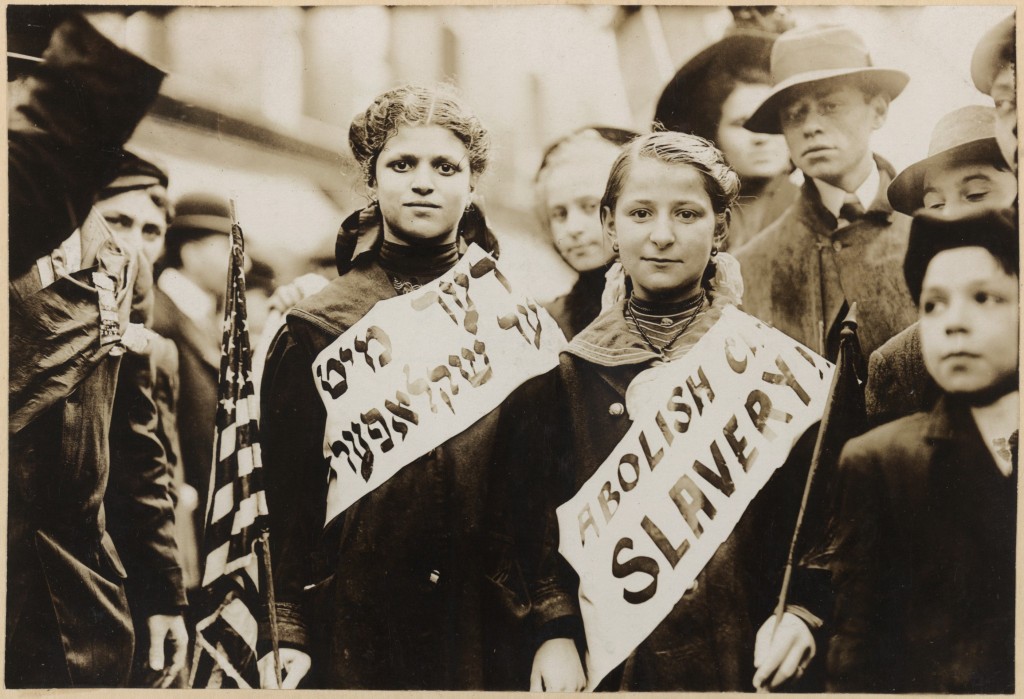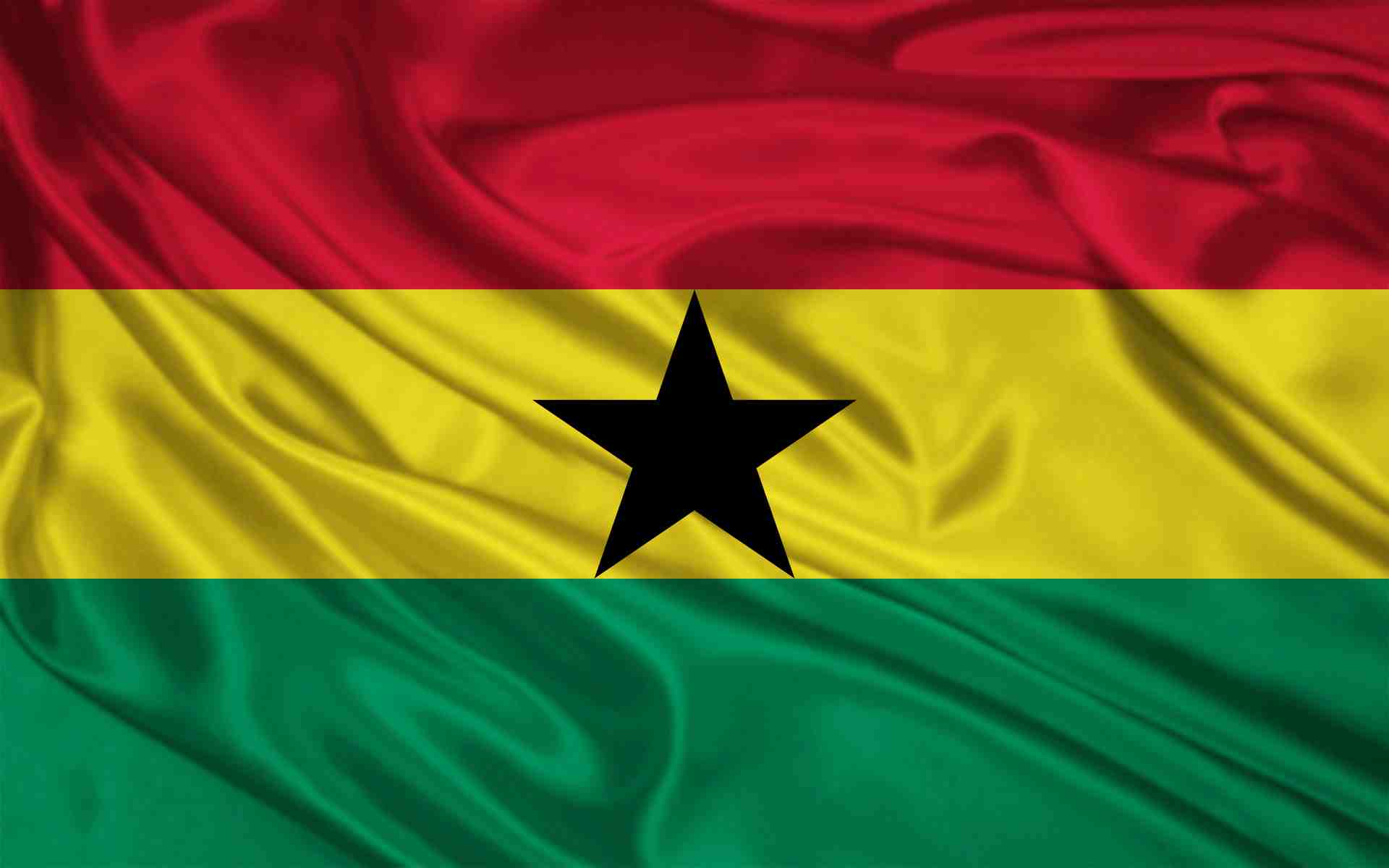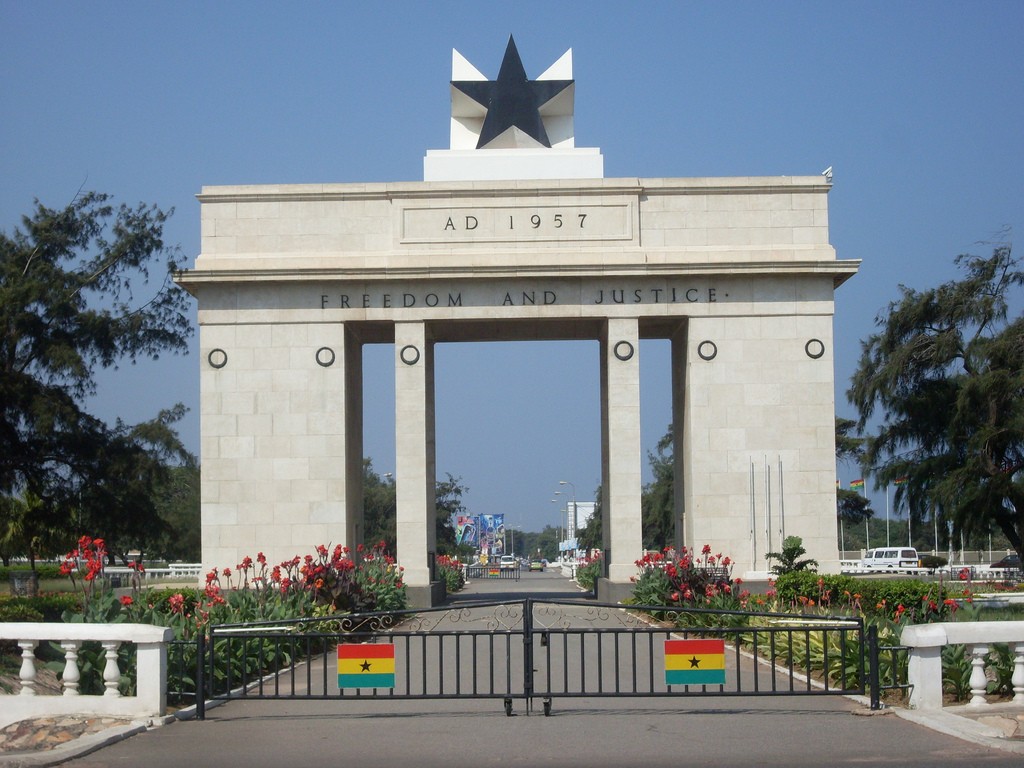In both African and western nations, the slave trade was a common feature but it escalated with the onset of maritime transport when sailors were able to crisscross between continents. This opened doors to the African slave trade which involved capturing of black Africans and transporting them to America where they were sold to work on plantations as well as homes. In this article, we will highlight eight (8) remarkable moments during the African slave trade.
1. Development of the Triangle Trade
The European merchants were the key players in the inter-continental trade. Bringing glass, cloth, and ammunition to West Africa from their homeland, they carried slaves who were captives from the West African region off to America where they were sold. From America, they bought cotton, tobacco, and sugar which they took back to their homeland to be used as raw materials. This was considered a big advantage to the merchants since their ships were loaded on every run.
2. Middle Passage
Transportation of slaves took an average of eight weeks. During this period, the slaves were treated in most inhuman conditions since the merchants’ took them as items of trade. They were carried in the lower decks of the ships and were mostly crowded. They made effort to separate them into groups of men, women, and boys. These groups were kept in different compartments. The men were kept in shackles and given limited space which allowed them only to lie on their sides. Due to overcrowding and malnutrition, the slaves experienced high mortality rates through the journey and the dead were thrown into the seas. This was commonly referred to as the middle passage. See Also: 5 Unforgettable Events of Ancient Ghana
3. Slave Auctions
On arrival at the United States, the merchants sold their slaves through auctioning. Normally, the strongest slaves fetched the highest prices and were more often bought by the wealthy to work in their sugar or cotton fields. After being bought the slaves were renamed after their owners, war heroes or British emperors mostly as a form of mockery.
4. Slave Punishment
Punishment of slaves was meted out regularly. This was normally done by their masters or fellow slaves who were ranked higher as overseers. This would range from lashing for minor offenses to chopping off ears or even death through starvation.
5. Slave Resistance and Rebellion
Right from capture, the slaves did put on much resistance. This was in effect to the fact that they were forcefully captured and had no rights. This led to hundreds of organized rebellions during the period of slavery. There were multiple revolts on ships as well as instances where slaves ran away from plantations.
6. The Jamaican Maroons
In the year 1650, over 1500 African slaves escaped to the mountainous regions. These slaves escaped capture for over 150 years and organized guerilla wars against plantation owners. They later settled in what is known as today’s Jamaica where they live till date. They came to be known as Jamaican Maroons and are still in existence.
7. Abolition of Slave Trade
After becoming the leading practitioner in the African slave trade, the Britons abolished the trade twenty years after its commencement. This was as a result of economic, social, religious and political factors which swayed public opinion. This was followed by massive revolutions in both America and France which eventually led to a total abolition of the trade and slavery as a whole.
8. Racism
After much of human rights activism, the slaves were awarded citizenship in their countries of slavery. However, the natives could not wholly accept this, leading to massive racism which was meted towards the blacks. This has been a global phenomenon over the years which have resulted in deaths, wars and massive loss of property. In all, the impact of the African slave trade was severe and its effect is still felt today globally.
